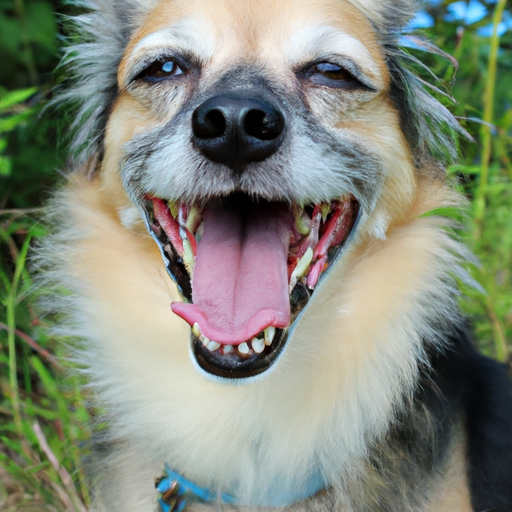Understanding your canine companion’s preferences for physical affection is a critical aspect of forming a strong bond with them. As a caregiver, your role is to create an environment of care and compassion. This guide will delve into the areas many dogs enjoy being rubbed, helping you foster a deeper connection with your furry friend.
H2: The Essentials of Canine Affection
Dogs are not just pets; they are family members. As with any family member, knowing their likes and dislikes strengthens your relationship. When it comes to physical affection, dogs have their unique preferences. Some may like gentle strokes on their back, while others may enjoy belly rubs.
Key areas many dogs enjoy being rubbed:
- The Chest
- The Ears
- The Base of the Tail
- The Belly
- The Neck
H2: Understanding Dog Body Language
Interpreting dog body language is crucial in determining their comfort levels. A wagging tail or a relaxed posture can indicate they are enjoying the rub. On the other hand, a stiff body or flattened ears may signal discomfort.
H2: The Approach Matters
Approaching your dog for a rub demands a certain level of gentleness and respect for their boundaries. Always approach them calmly and slowly, avoiding sudden movements that might startle them.
H2: The Benefits of Rubbing your Dog
Giving your dog a rub not only strengthens your bond but also offers health benefits. Here are a few:
- Reduces stress and anxiety
- Improves circulation
- Stimulates the production of natural oils in their skin
- Serves as an opportunity to check for any abnormalities in their body
H2: How to Rub your Dog
The technique of rubbing your dog matters. Here’s a simple method to follow:
- Start with gentle strokes on their chest or back.
- Gradually move to other areas they enjoy.
- Always monitor their reaction to ensure they are comfortable.
FAQs
Q1: What if my dog doesn’t like to be rubbed in the areas mentioned?
A: Each dog is unique. Spend time understanding your dog’s preferences. If they seem uncomfortable, respect their boundaries and try different areas.
Q2: My dog tends to be shy. How can I approach them for a rub?
A: Start slow. Try to gradually build trust and comfort. Use treats and positive reinforcement to encourage them.
Q3: Can rubbing my dog help to improve their behavior?
A: Yes, regular physical affection can help reduce anxiety and stress, which can positively impact their behavior.
Q4: How often should I rub my dog?
A: There’s no specific frequency. It largely depends on your dog’s preferences. Some dogs enjoy daily rubs, while others may prefer it less frequently.
Remember, as a caregiver, your role is to provide a safe, comfortable environment for your canine companion. Understanding their preferences for physical affection plays a key part in this. So, take the time to learn where your dog likes to be rubbed and deepen your bond with them.



